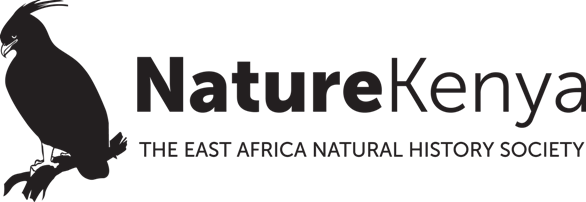Some years back, you had to plan adequately before visiting Dakatcha Woodland. Marafa was the main local town for people planning to visit the woodland. A few scheduled buses and matatus ferried passengers to Malindi early in the mornings and returned in the afternoon. One was required to seek banking and other services in Malindi.
Since then, things have changed. Some areas in the woodland have piped water and electricity. Travel to Malindi is no longer an issue, thanks to a tarmacked road that leads up to Wakala. The road has attracted many small vehicles ferrying passengers to and from Malindi anytime.
Development, in the form of piped water, electricity and extended road networks, has opened up the woodland to the outside world, attracting people eager to acquire large tracts of land. Money is quickly changing hands. The former community-owned forests are fast disappearing due to the aggressive land sales and unplanned land use changes.
The serene and biodiversity-rich Dakatcha Woodland Important Bird and Biodiversity Area (IBA) now faces life-changing threats. Access roads, farms and settlements have made inroads deep into the woodland. Illegal activities like charcoal burning and poaching have also intensified due to this exposure.
Escalating uncontrolled land use changes and the transition of land tenure from communal to private ownership has promted conservationists to take action to save the woodland’s unique species. Nature Kenya has closely monitored the trends of the Kilifi (Clarke’s) Weaver in Dakatcha. The threatened Kilifi (Clarke’s) Weaver only lives in Kilifi County and nests in seasonal wetlands found in Dakatcha.
To secure a home for the Kilifi (Clarke’s) Weaver, Nature Kenya has acquired 2,573 acres of the woodland through a land purchase program with financial support from the World Land Trust, African Bird Club, RESOLVE and TiME. Areas identified for purchase have been mapped out and deemed suitable for conservation of the Kilifi (Clarke’s) Weaver.
The Kamale Nature Reserve is one such area. The forest block, measuring 1,800 acres, has four seasonal wetlands. Kilifi (Clarke’s) weavers have been recorded breeding in one of the wetlands within the reserve. Apart from bird life, the Kamale also hosts mammals such as Golden-rumped Sengis, duikers and buffaloes. Lions and elephants occasionally visit the Kamale Nature Reserve at different times.
With shrinking forest cover, Kamale Nature Reserve is expected to offer shelter to many wildlife. Local communities manage the reserve through the Dakatcha Woodland Conservation Group and the Kamale Mazingira Community-based Organization (CBO).
A community warden has been engaged through the SSG who plans and executes forest patrols and biodiversity monitoring visits.
Nature Kenya, working collaboratively with the local conservation groups, plans to conduct monitoring activities periodically to ascertain the biodiversity status of the reserve.
This year Nature Kenya finalized purchase of another 773 acres of forest at Kibaoni – Marafa. In the longrun this forest block can form part of a rich birding ecosystem in an urban set up. The forest is rich in birds and periodically hosts the Kilifi (Clarke’s) weavers after breeding in the nearby Bore – Mnyenzeni wetland.
Through the land purchase approach, Nature Kenya seeks to secure core conservation zones in Dakatcha Woodland to protect and conserve endemic and threatened bird and mammal species. Land purchase for conservation is a strategy worth exploring in high priority conservation areas with no formal protection status.

